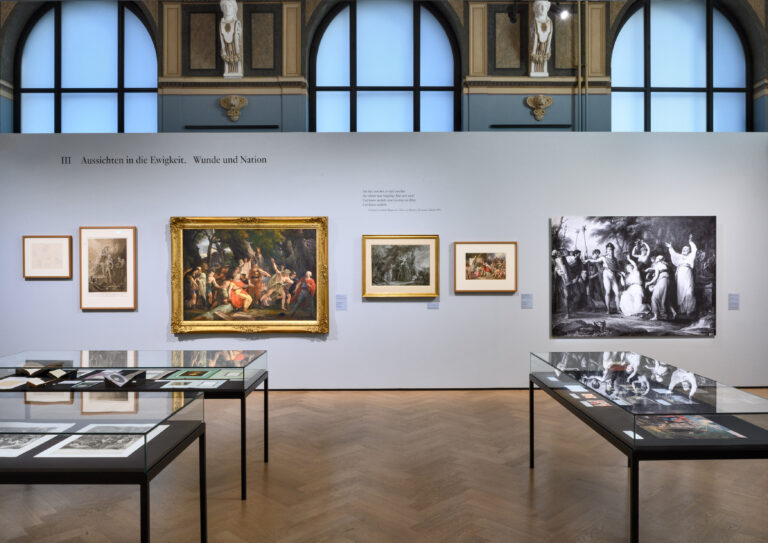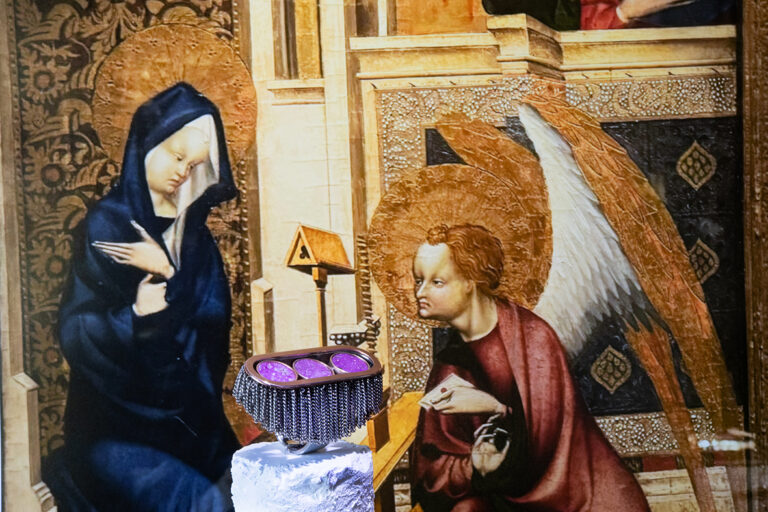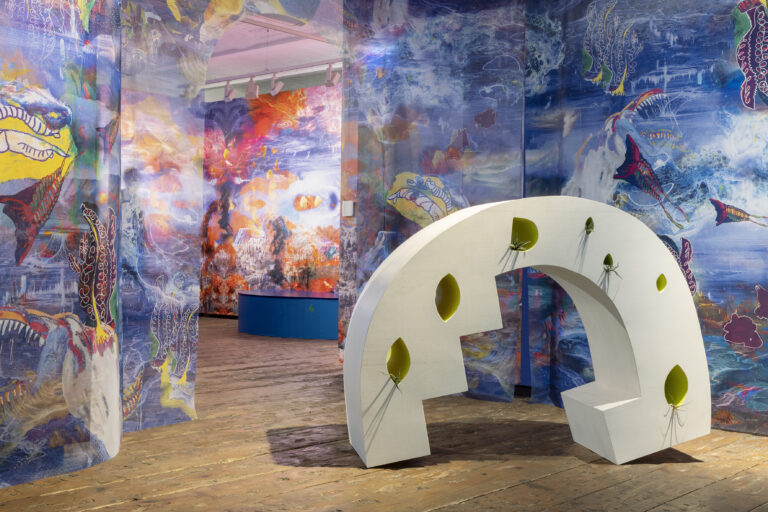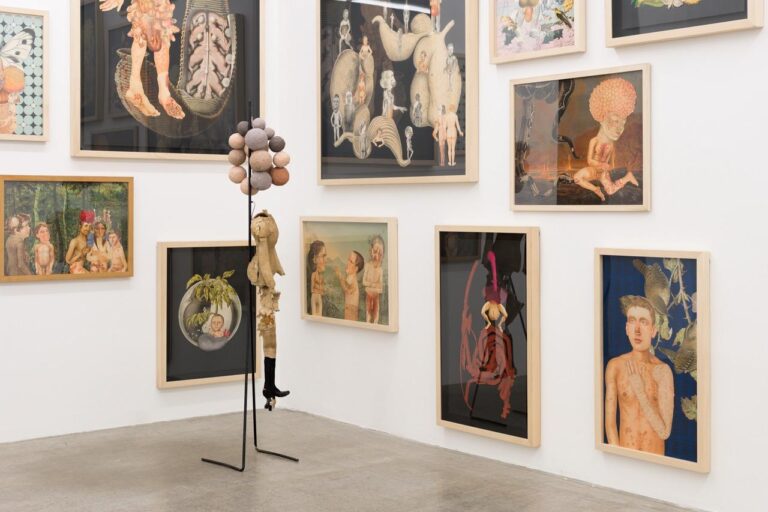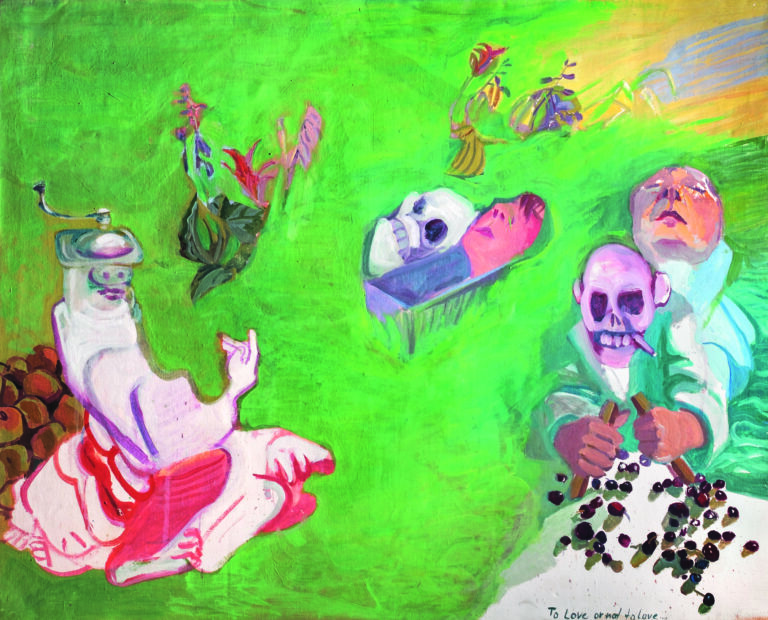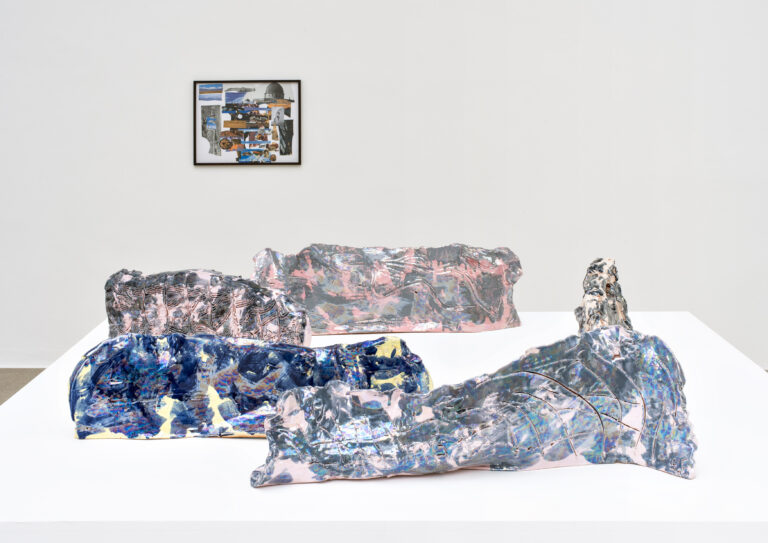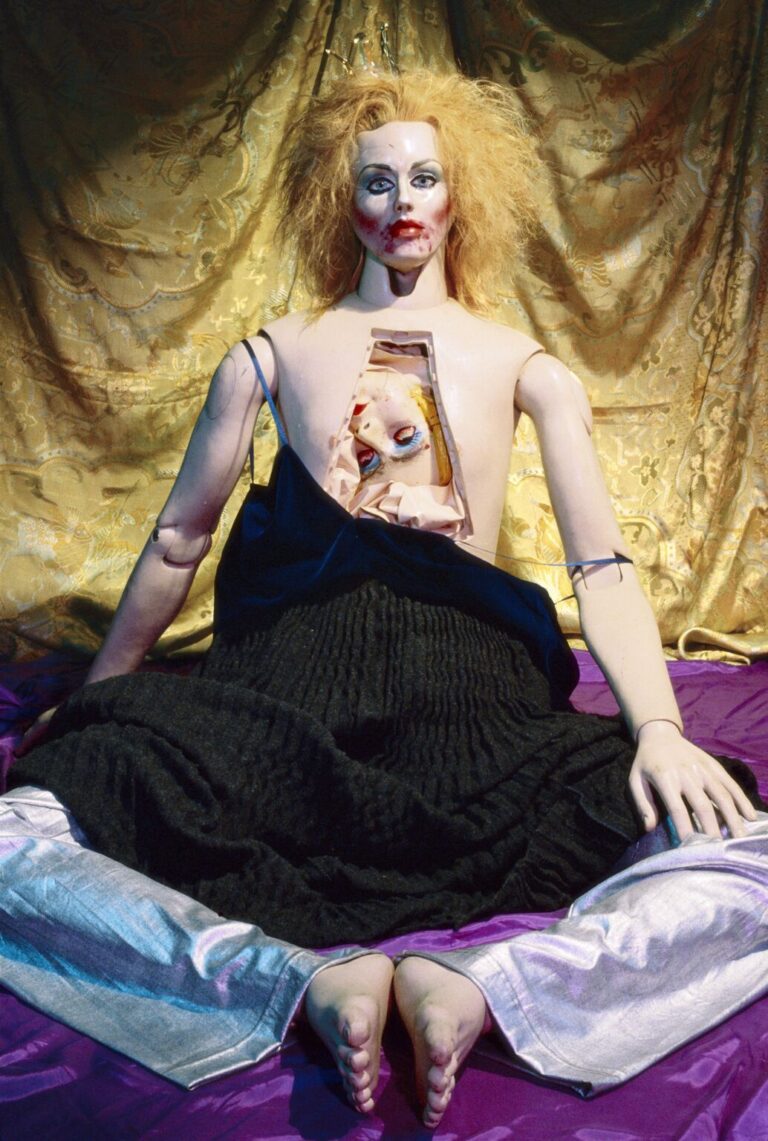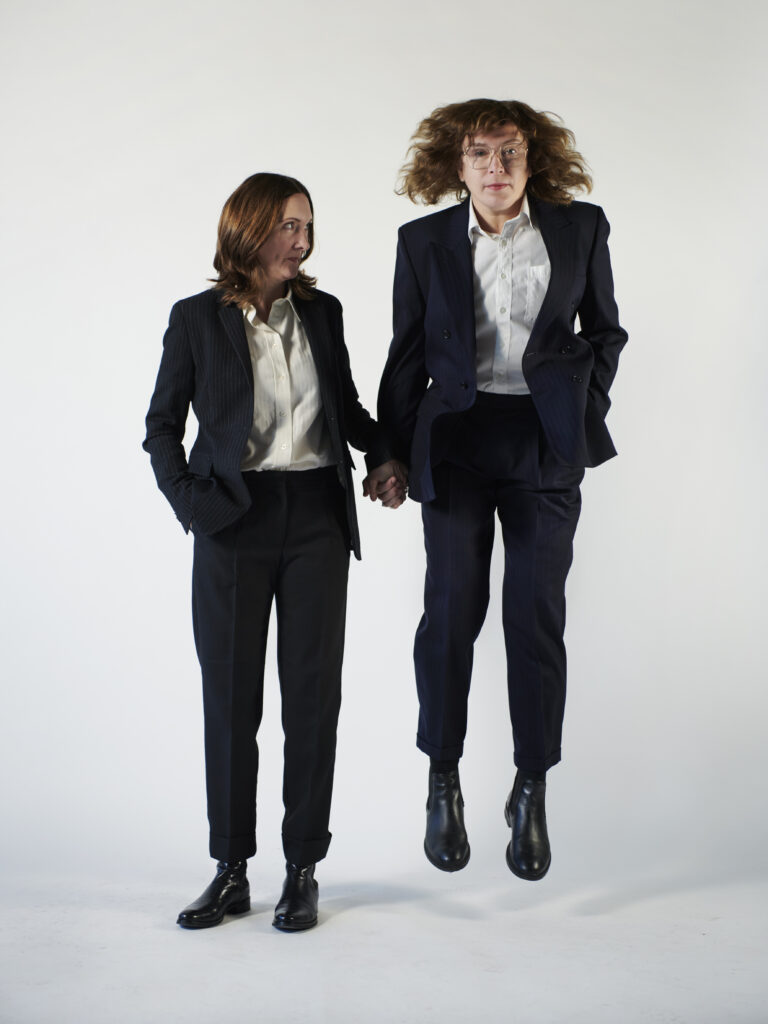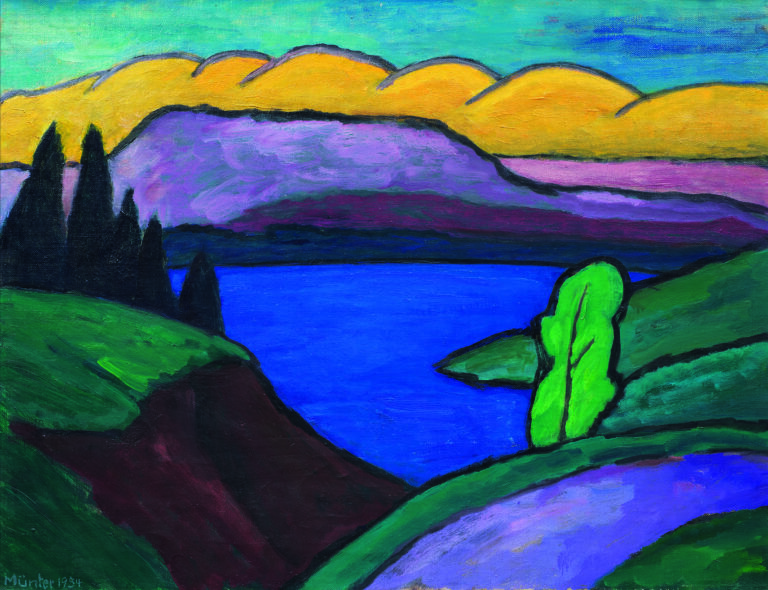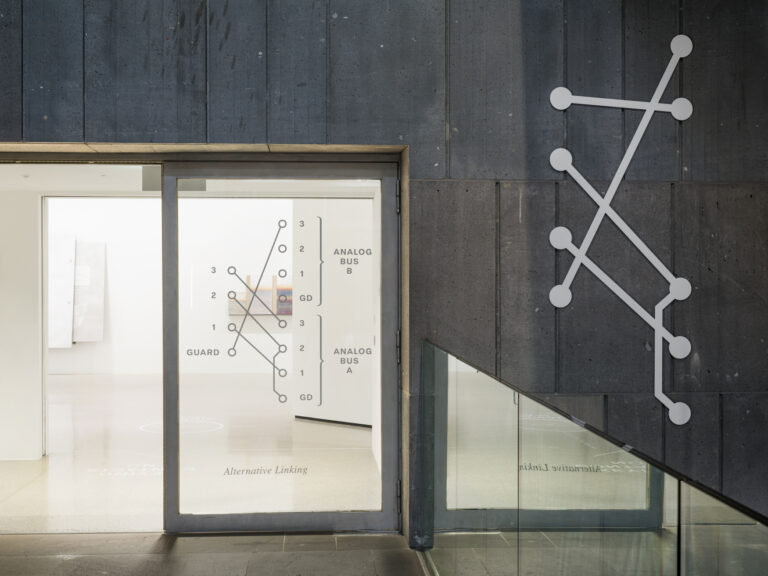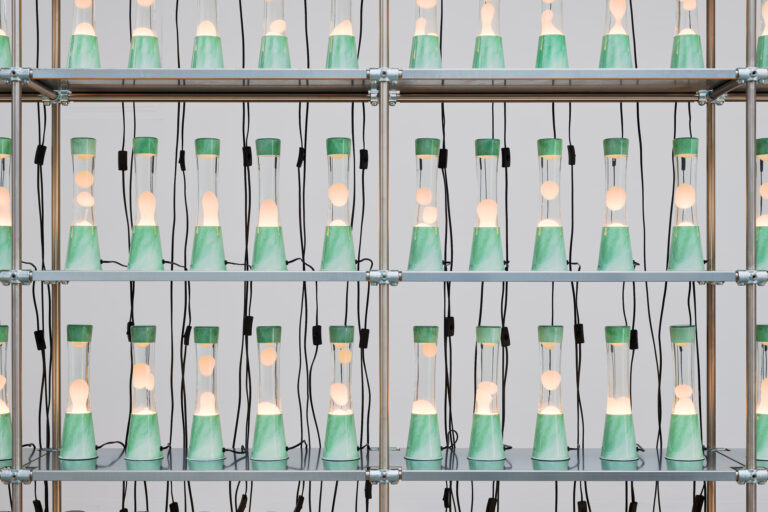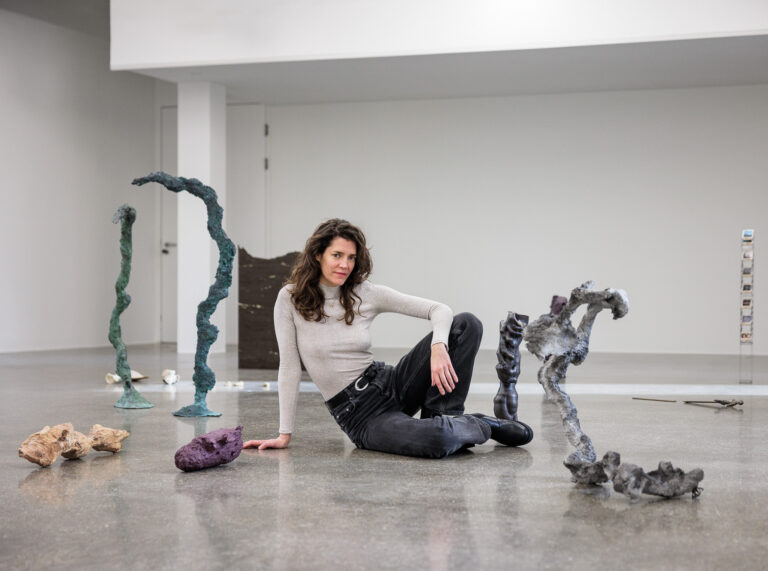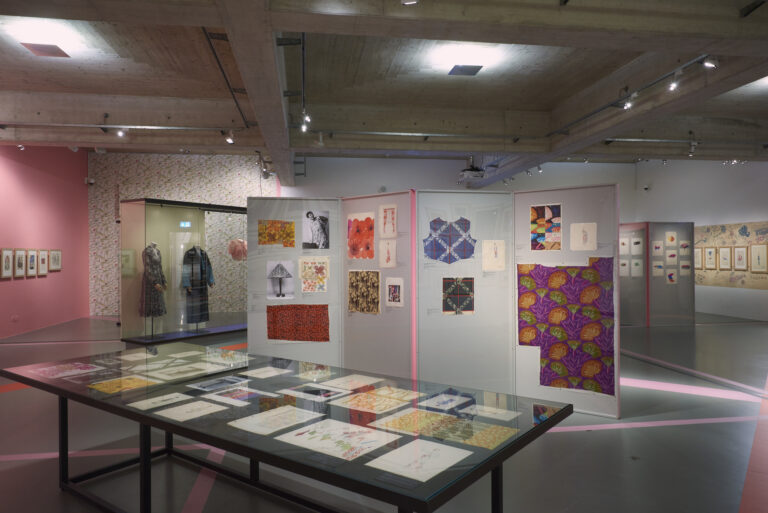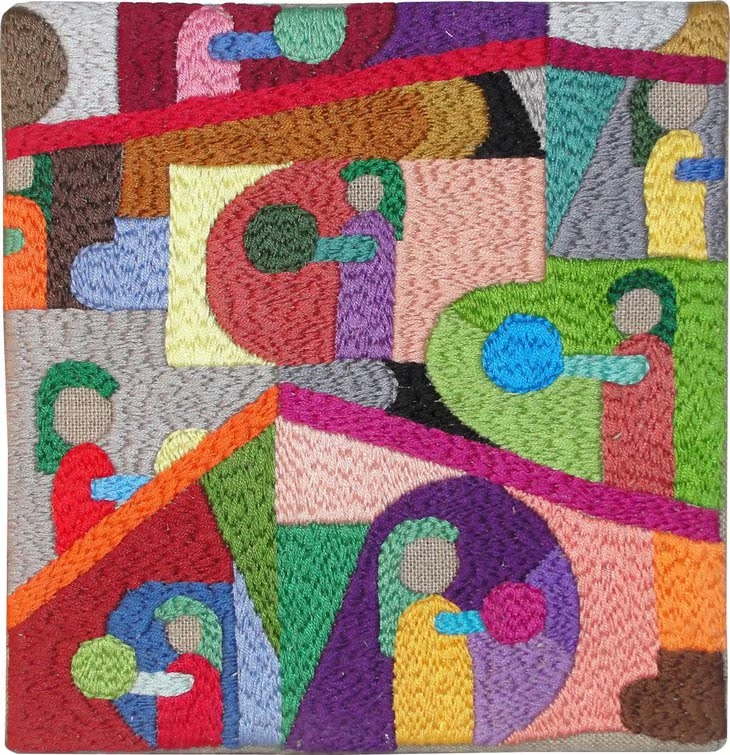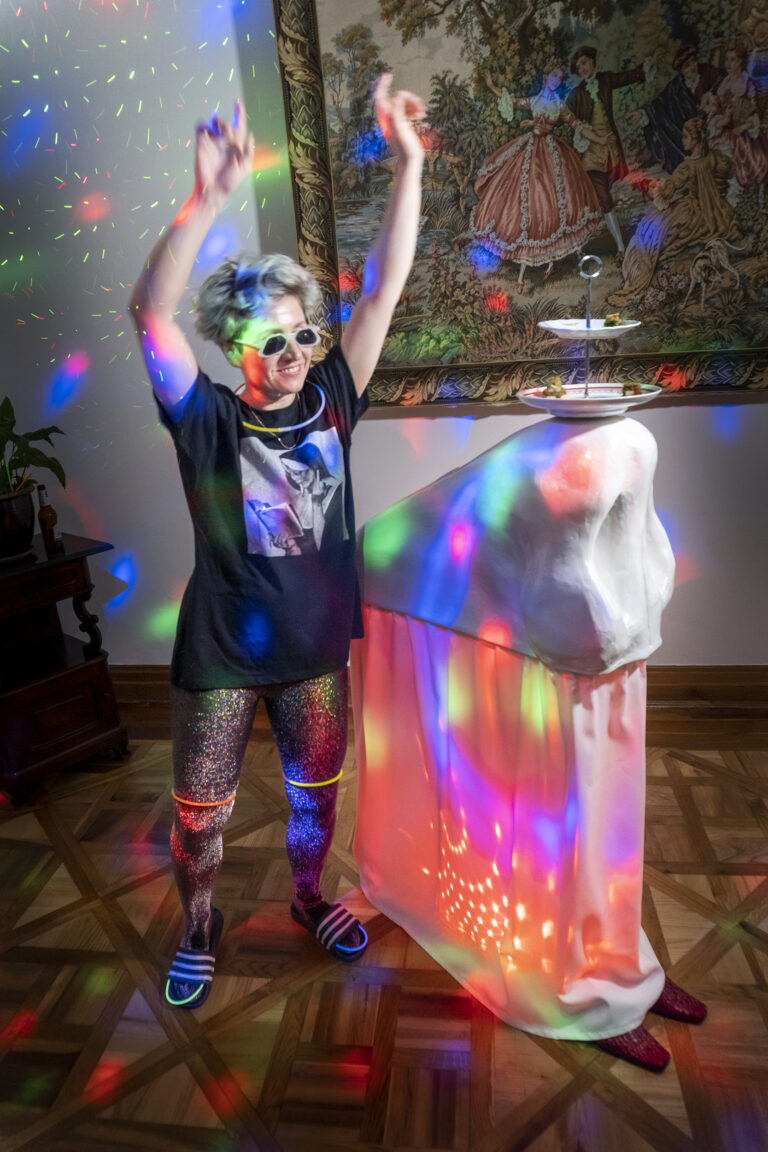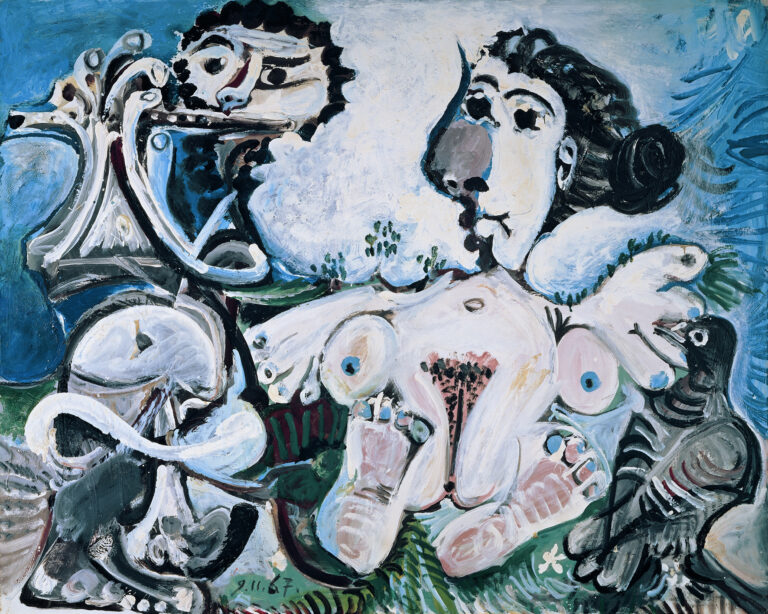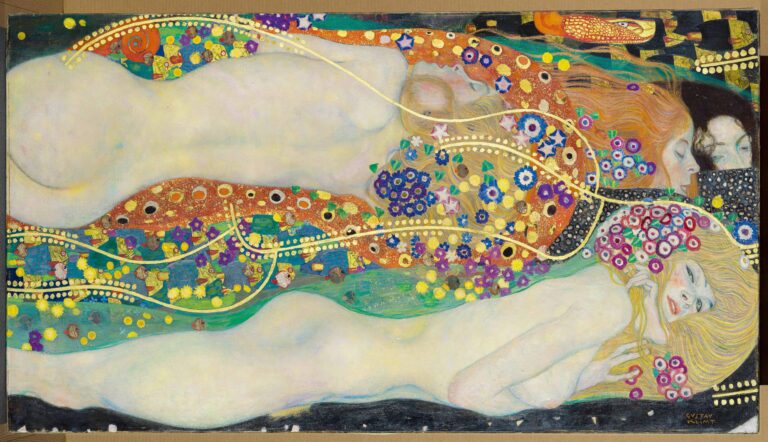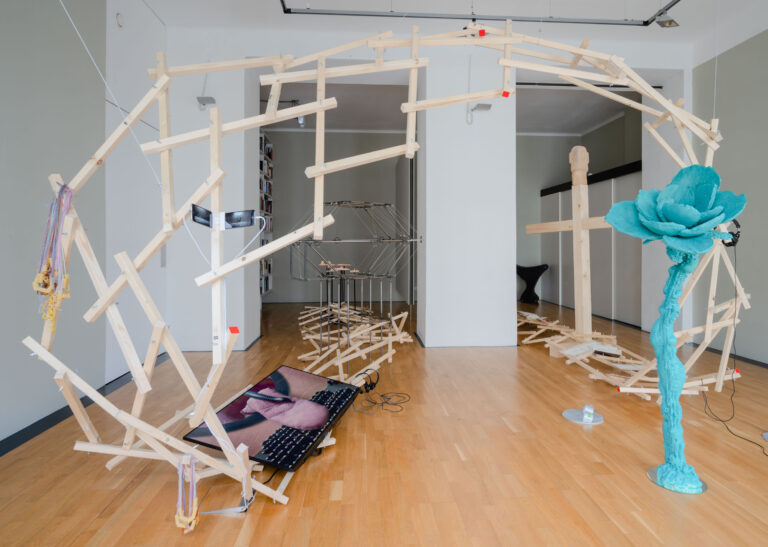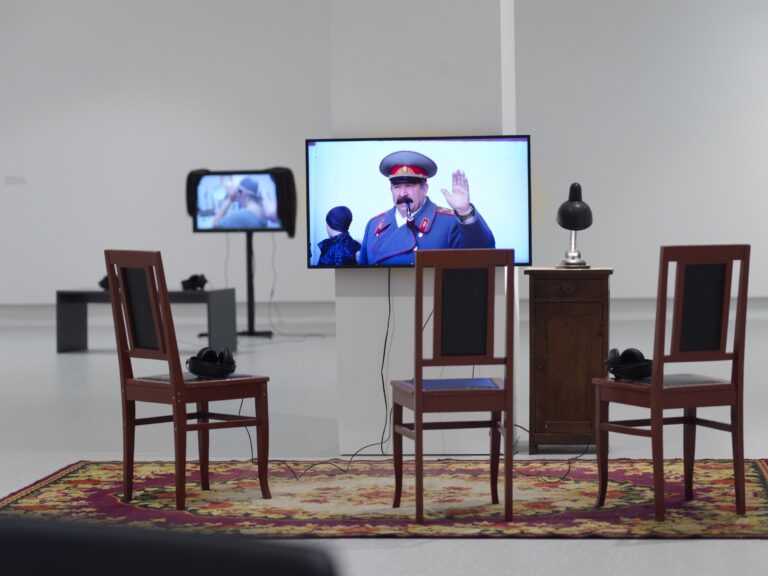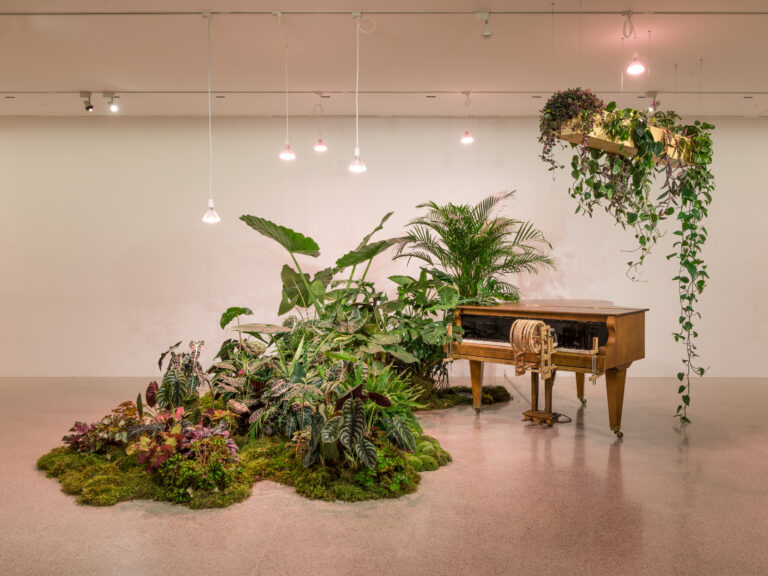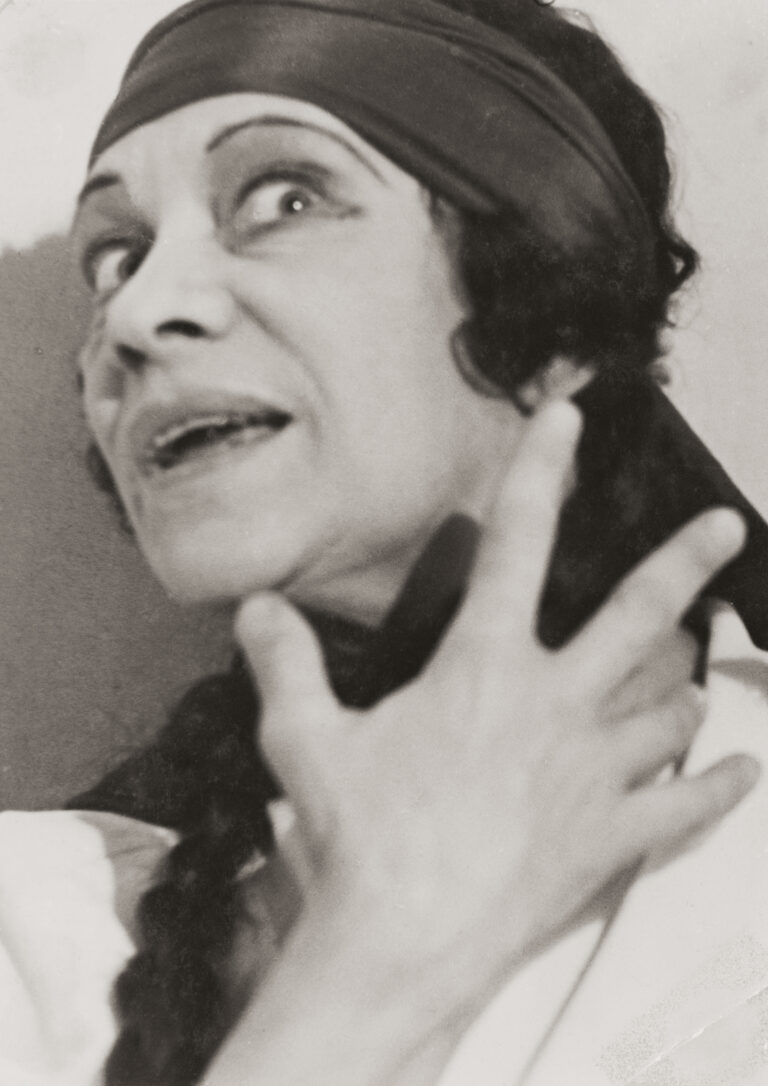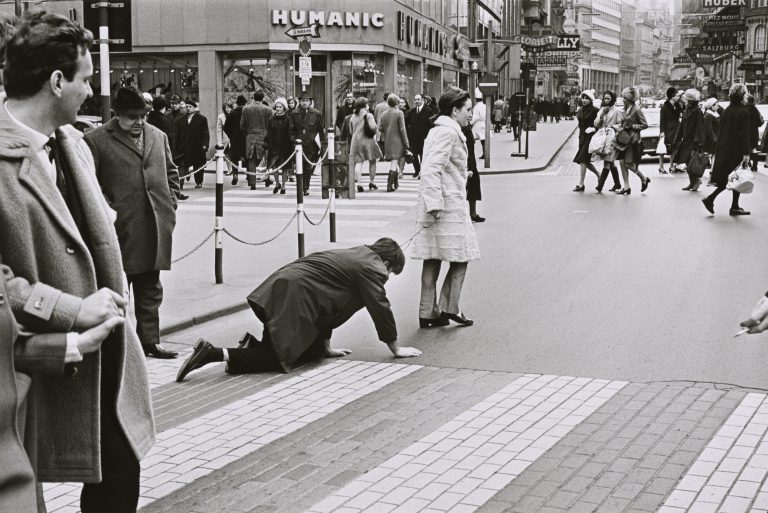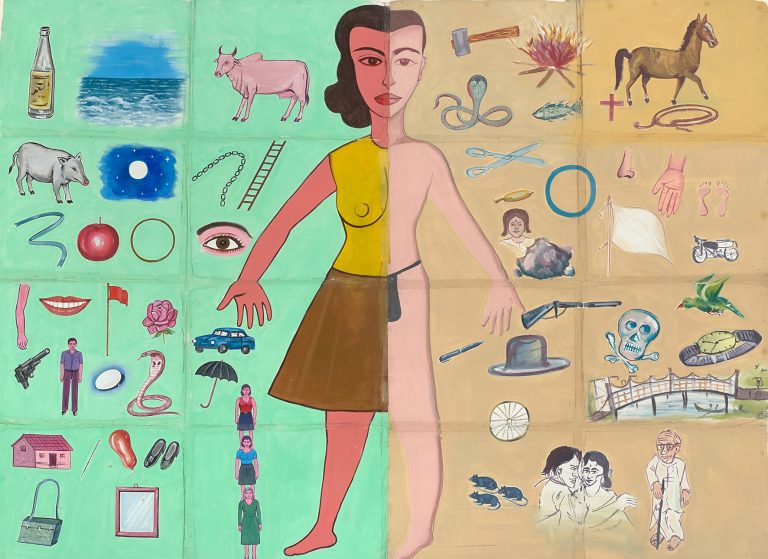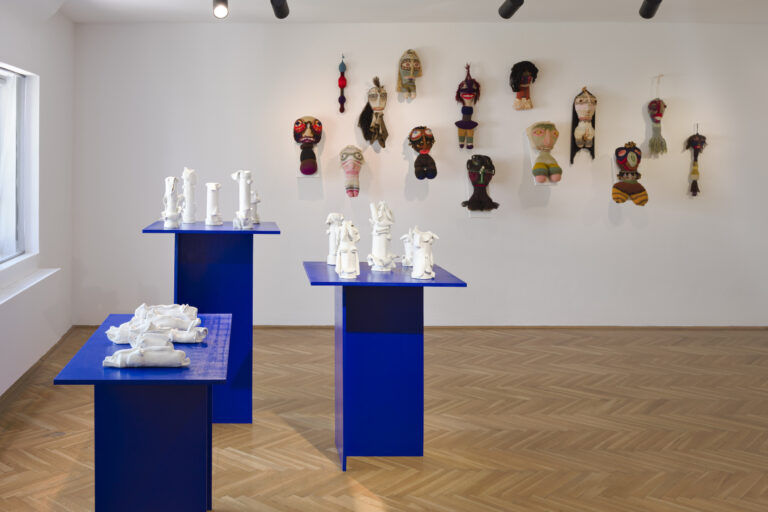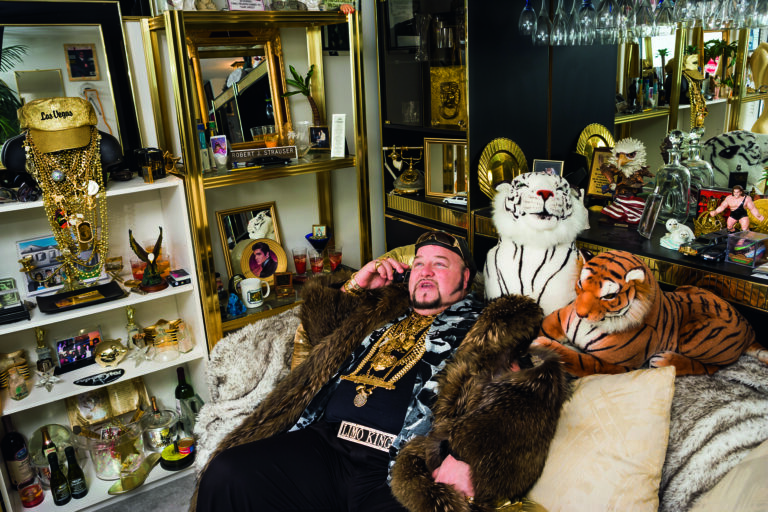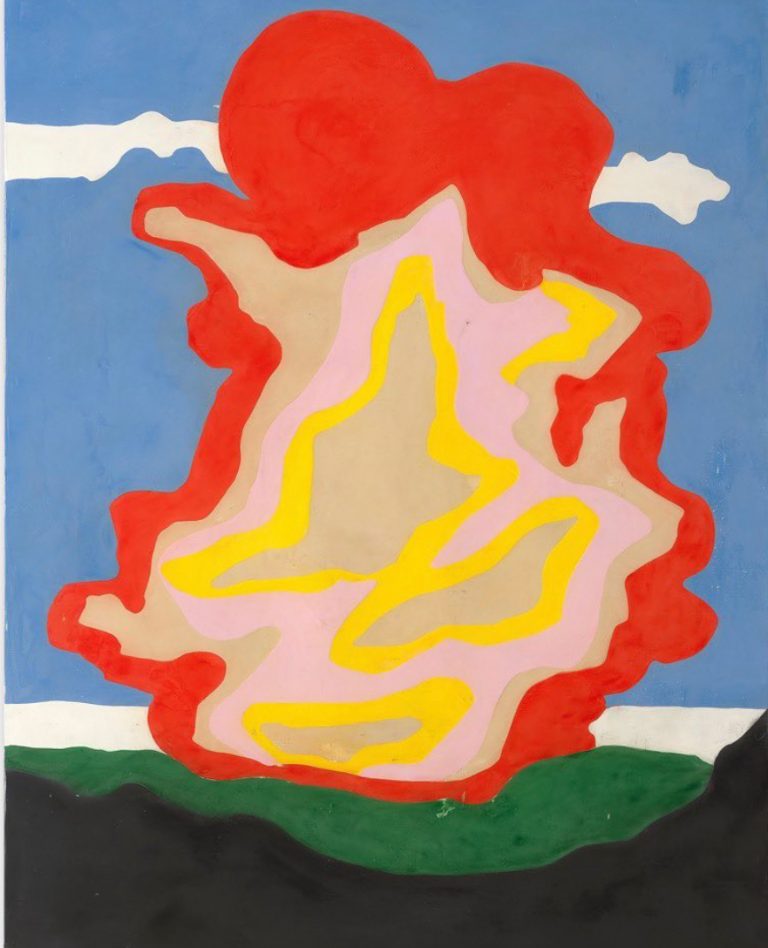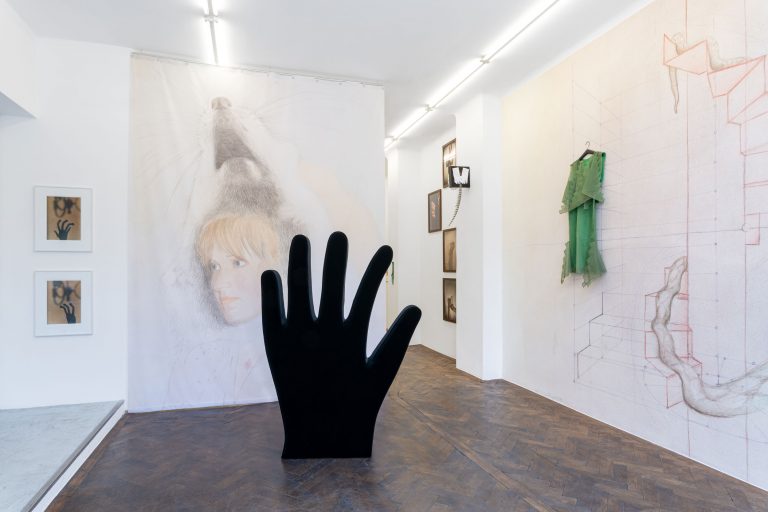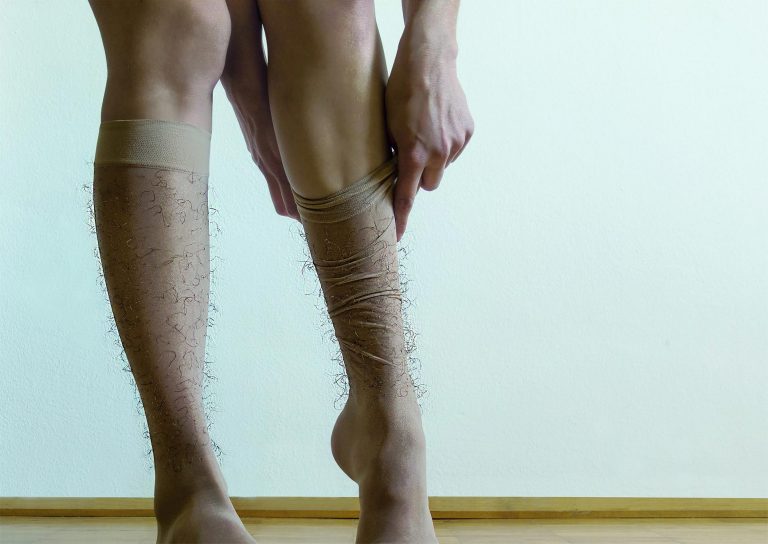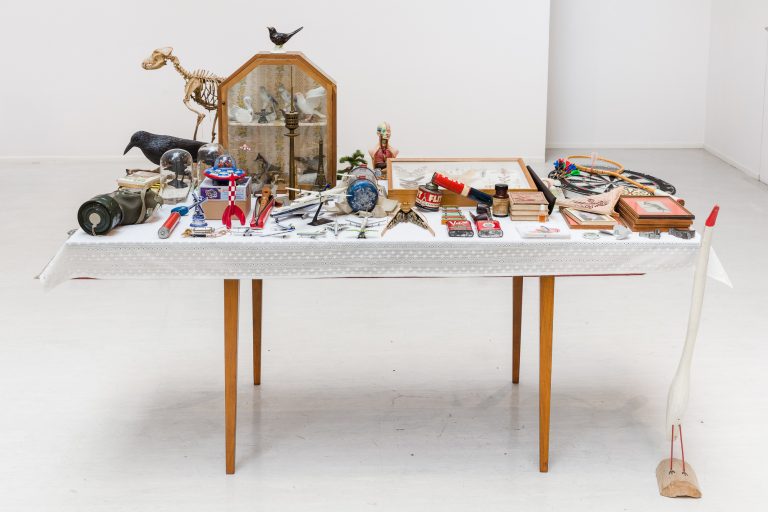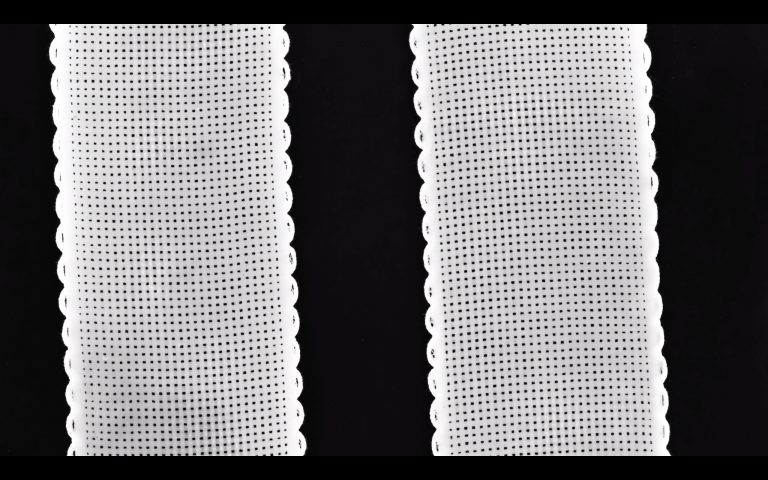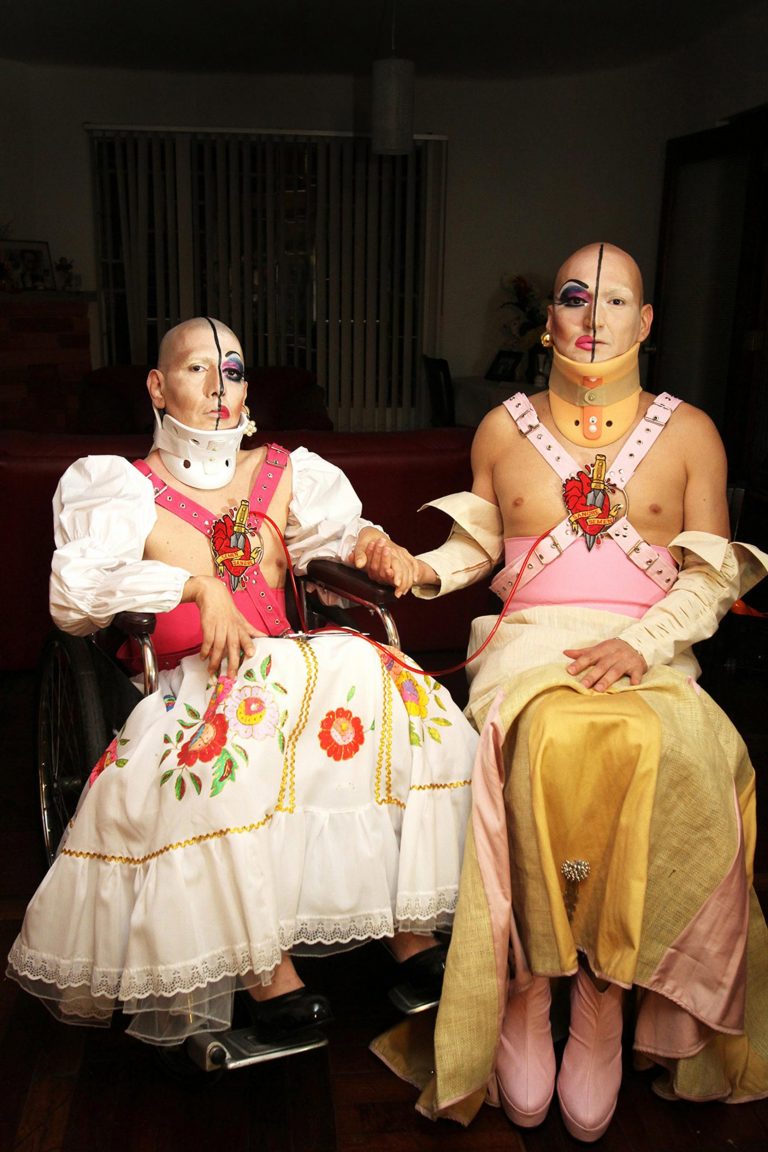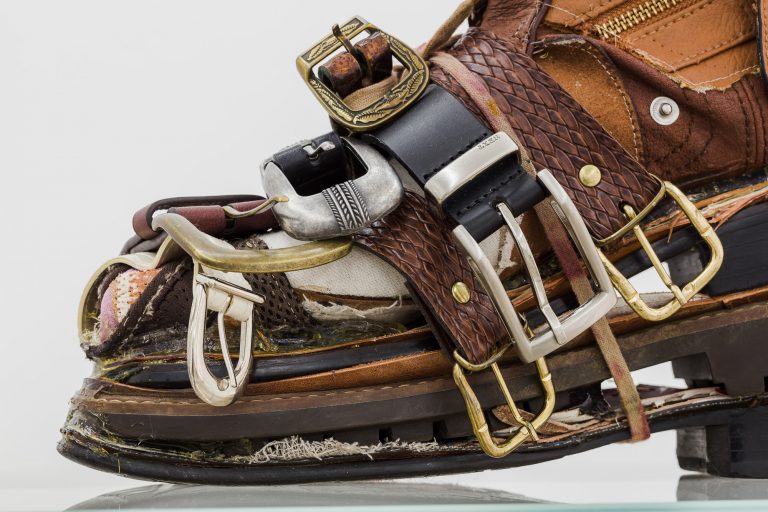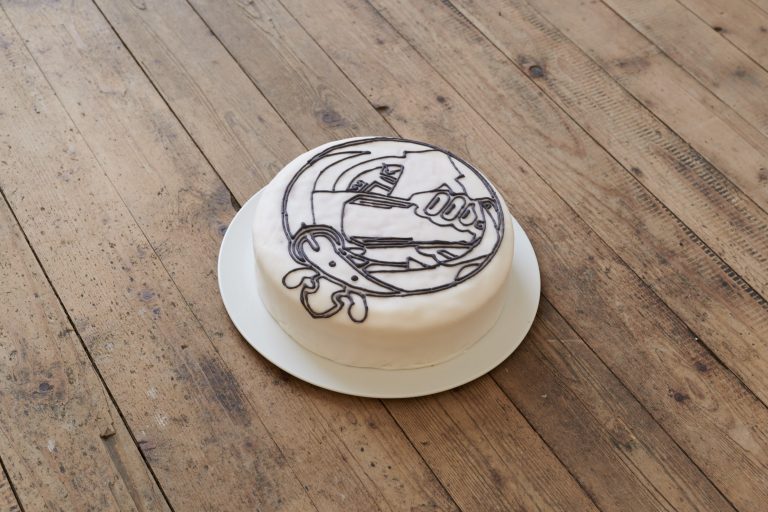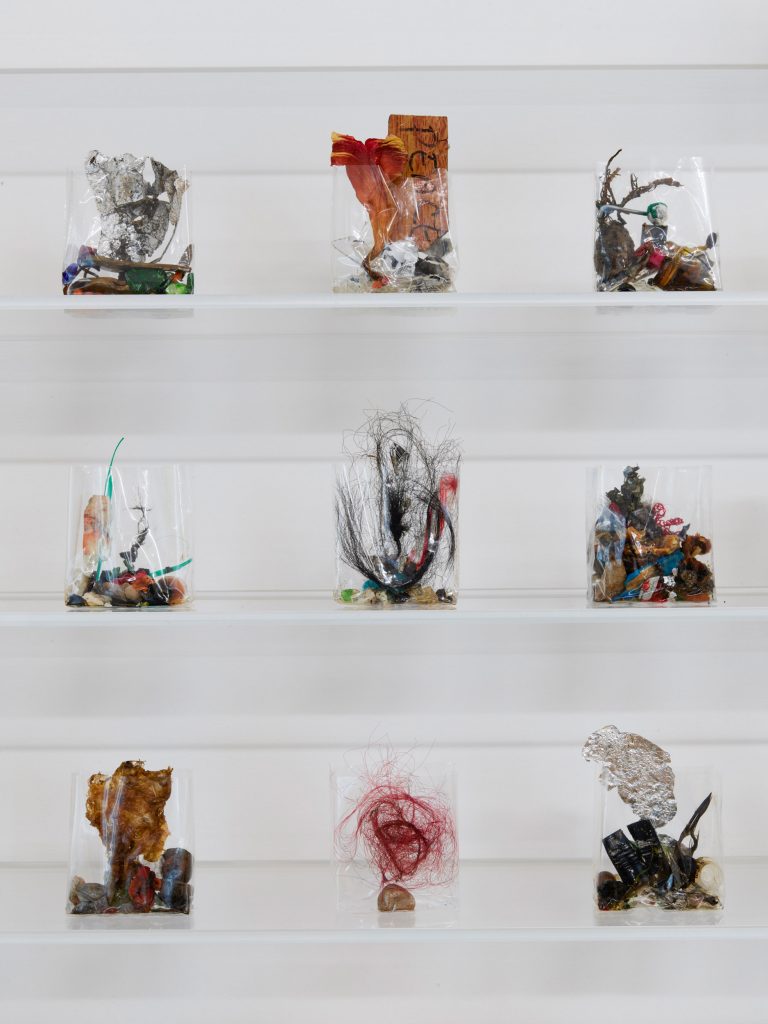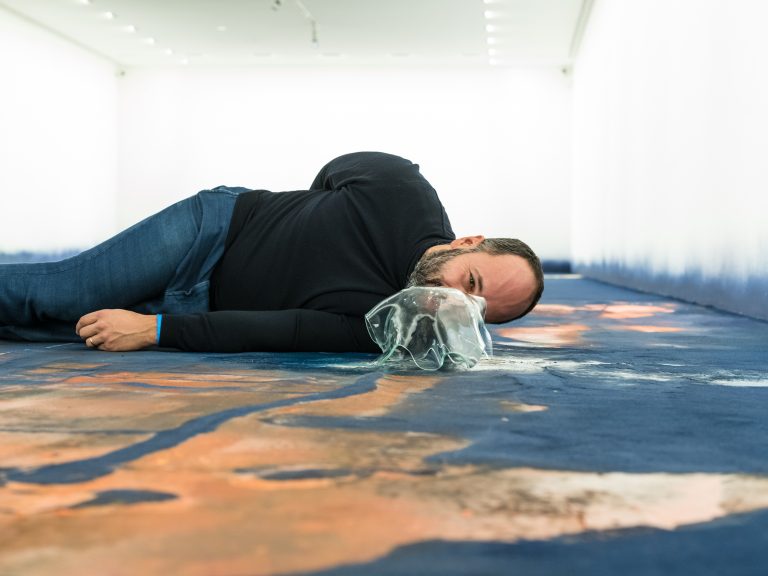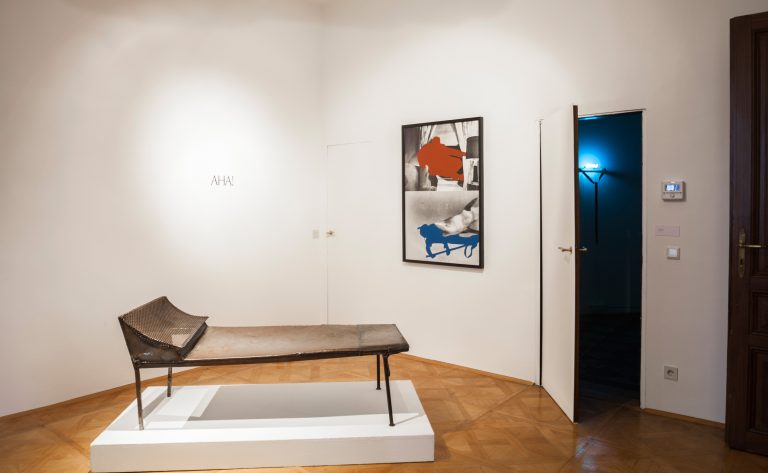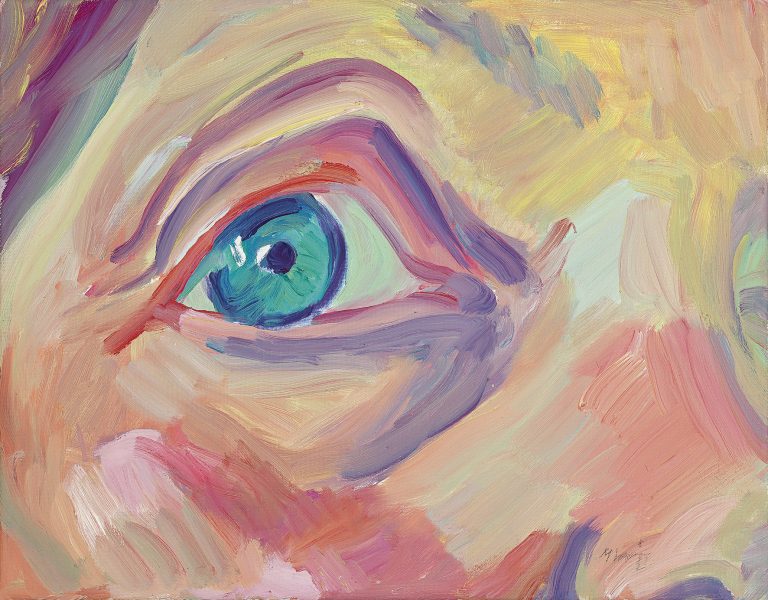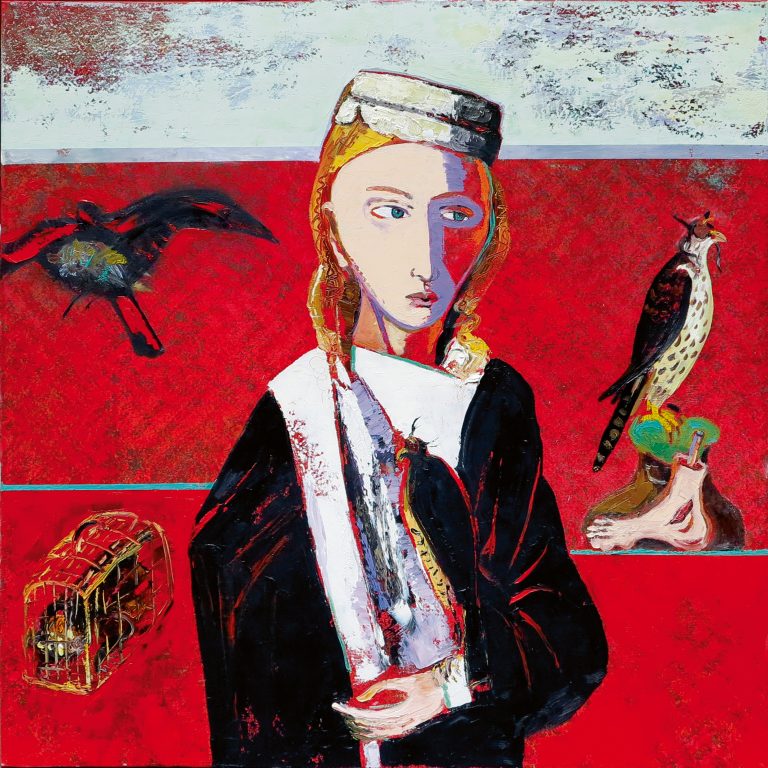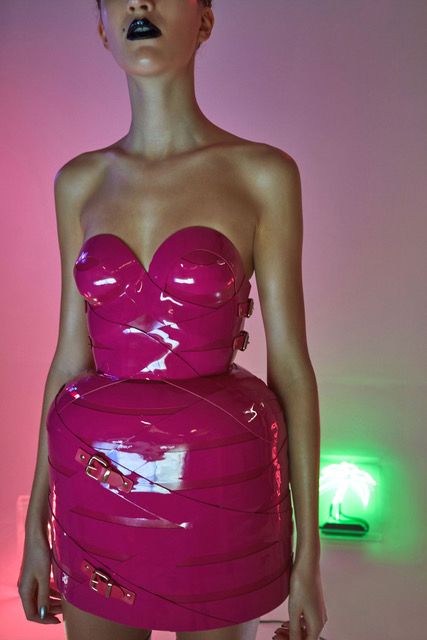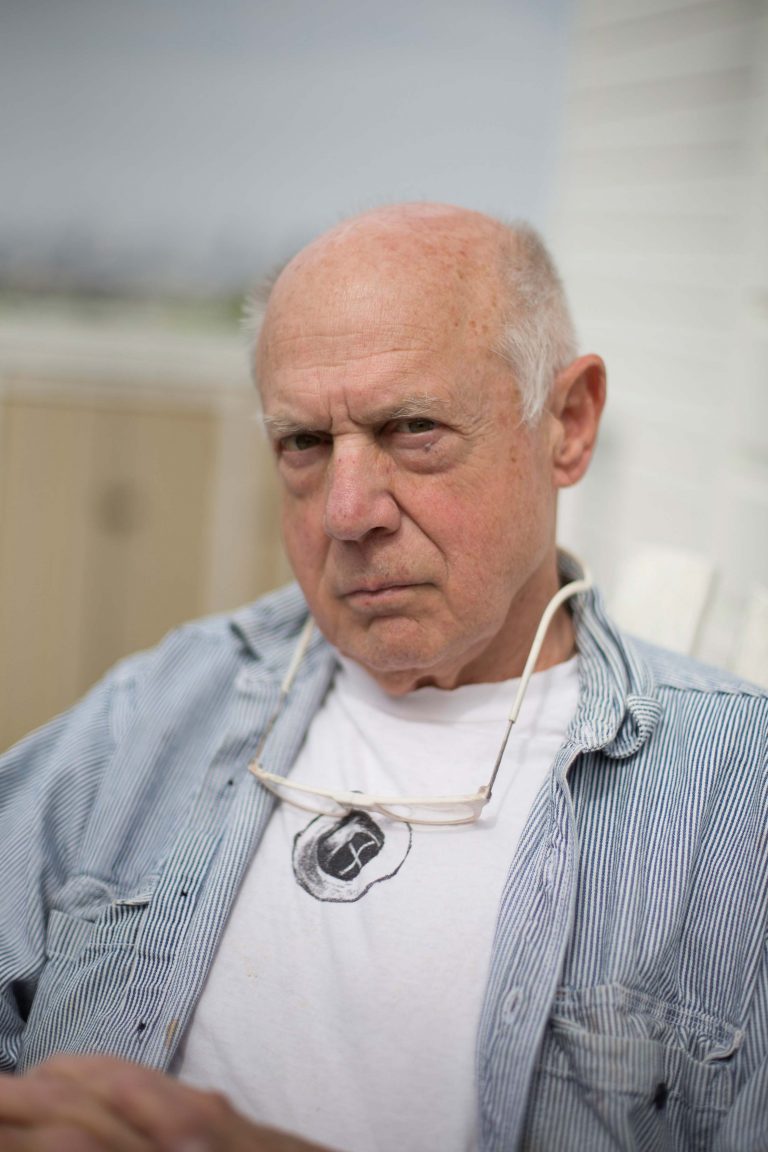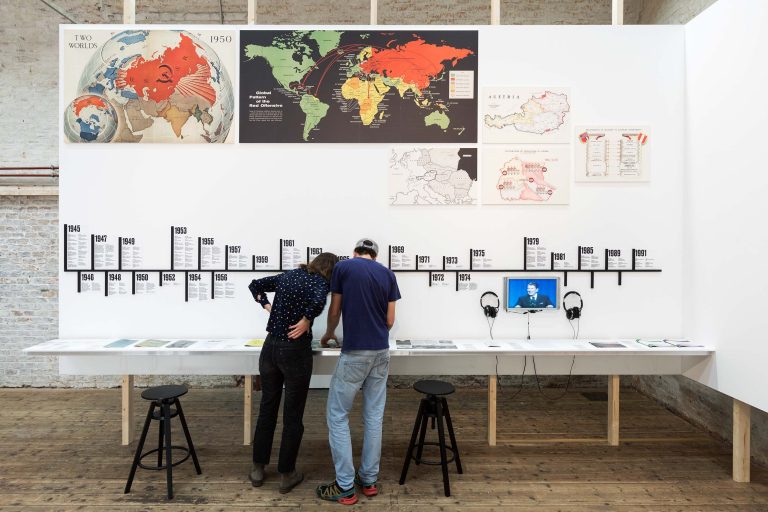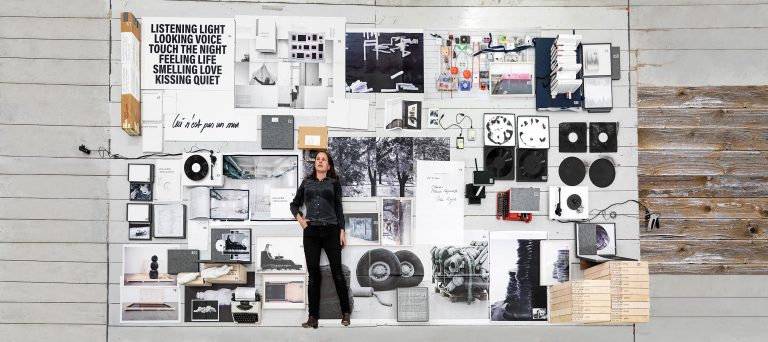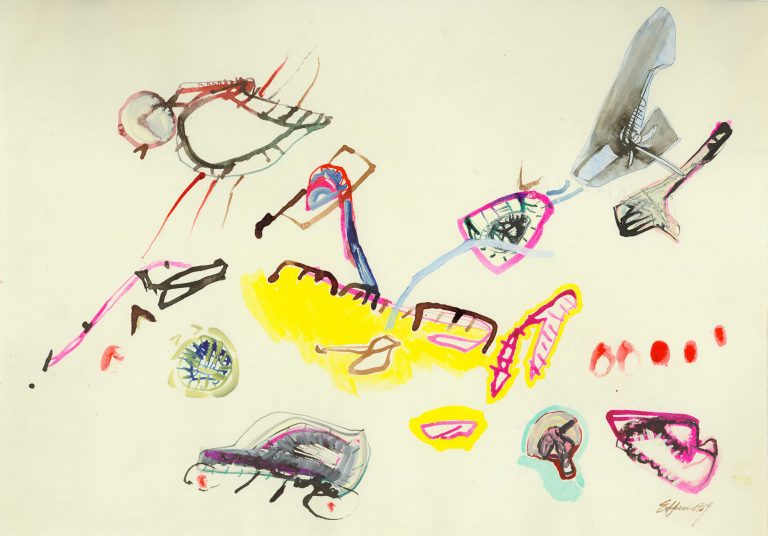A parcours of celebration at the MAK
From aristocratic banquets to raves to political (protest) festival culture - the new thematic exhibition at the MAK approaches THE FEST from a wide variety of perspectives. A text by Sabine B. Vogel.
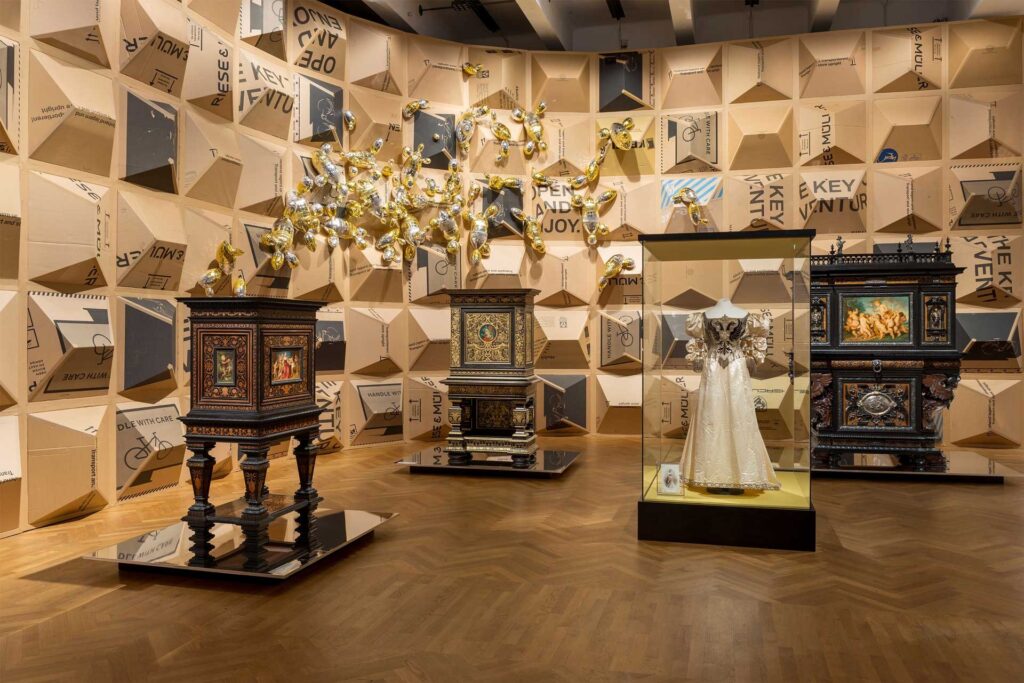
Derived from the Latin “festum,” the “holiday” evolved in the 13th century into “festus,” now “festival.” Initially used primarily for religious occasions, later perfected by the nobility as pleasurable events, festivals have been bourgeoisified since the Enlightenment. Since the 20th century at the latest, we have associated them primarily with boisterous revelry, for which, thanks to cultural exchange, terms such as the French fete or the English party have also become established. The core of all festivities is the merry behavior of those present – and this is precisely what the large cultural-historical show at the MAK conveys to us.

Naja Orashvili, Bogomir Doringer, Rave-O-Lution in Tbilisi, 2018 © Naja Orashvili, Bogomir Doringer
“The Fest” is the first thematic show under the new director Lilli Hollein. Curated by the cultural historian Brigitte Felderer, 650 historical panel paintings, furniture, glass objects, costume designs, chandeliers, and contributions by contemporary artists are used here to show a concept of festivity characterized by a richly detailed will to design. Most of the objects come from the collections of the MAK and tell stories of earlier times, such as the “Schlittage” in the 18th century with magnificent public sleigh rides, pompous pageants, all kinds of pictorially captured fireworks, to “Exzessmöbel” on the occasion of high weddings as a “yardstick for the efficiency of our art industry” (info panel).
The Zwettl centerpiece of white porcelain, more than four meters long, is a particularly detailed example of 18th century table culture. Made for the golden anniversary of Abbot Rainer Kollmann’s profession in the Cistercian Abbey of Zwettl around 1768, the 60 figural scenes were intended to stimulate conversation at the table, to decipher allegories, to derive parables. For “The Fest,” Viennese artist Thomas Hörl has updated the figures with harlequin-like, brightly colored accents and reinterpreted them through highlighted details. Also delightful is Michèle Pagel’s sculpture “Shrimp Cocktail,” featuring giant red sea creatures made of bricks that occupy a bar table and exaggerate our current habits of consumption while partying into the absurd. The sculpture is located in the “Luxury for All” room, where films are also projected: a fashion show from 1968, a carnival party of the Secession in 1963 and the photo series of current exhibition events of eSel since 2006.

Michèle Pagel, Luxury for All!, 2022. Belvedere, Wien.
But at the MAK, we don’t just see examples of joyful, glamorous celebrations. The subtitle suggests it: “Between Representation and Sedition” – the political festive culture from May Day celebrations to protest rallies is also part of it, with which festive formats are instrumentalized for ideologies. At the end of the tour, designer designs by Helmut Lang or Demna Gvasalia for Balenciaga tell of the festive dress code of our time.
“The Fest” is a fascinating, colorful, sumptuous, richly detailed course – whether strangers can understand our culture of celebration here? Those from the times of the aristocracy certainly, the wonderful objects illustrate the pleasure of glamorous events in a picture-rich transcultural language. But whether the dense crowds of an evening of dancing in a contemporary club and the mass events in the street bear witness to joy? That, however, is just as much a part of it, and therein lies the merit of this themed exhibition, which does not omit the less splendid sides of this tradition.
MAK, The Fest, 14.12.2022-7.5.2023

MAK exhibition view, 2022, THE FEST (c) Markus Krottendorfer/MAK

